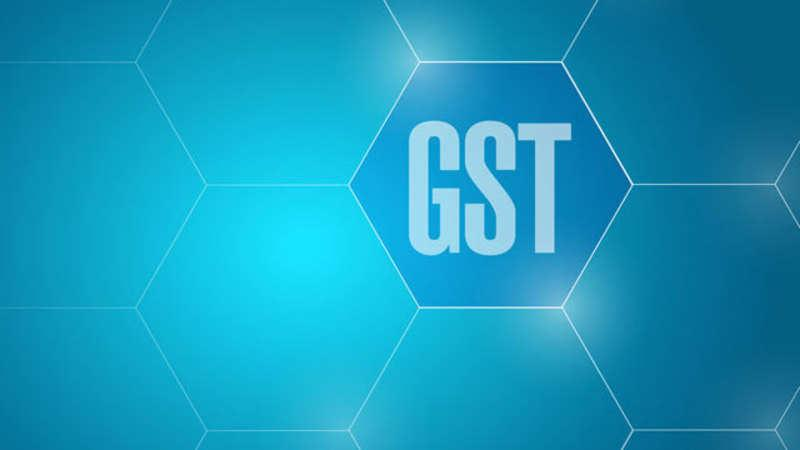We are all aware of the Goods and Services Tax, that came into effect on July 1, 2017. However, very few of us actually understand what it is all about. The GST as it is called by laymen has replaced other Central and State taxes like VAT, excise and service tax.
Decode VAT
Let me explain what it is all about. VAT which is an indirect tax was introduced into the Indian Taxation system, way back in 2005. VAT was introduced into the market as a means to make India a single all-inclusive market. A value-added tax is basically a consumption tax, that is placed on a product at each step of the supply chain.
Some Key Features
-
A value-added tax or VAT is added to the cost price of a product at every stage.
-
You must have noticed, that the tax acted as a burden on tax-payers. It increased economic pressure.
-
The tax is mainly calculated, based on the consumption of the consumer and not on the income.
-
In order to break it up further, it had a cascading effect. It implies that, you as a consumer had to pay for the same tax at every stage.
-
There were different VAT laws in various states and so were the rates.
-
It was not possible to apply for Input Tax Credit under VAT.
So, now you can see that VAT had its own disadvantages. Thus, it became an absolute necessity to replace it with an integrated tax system to make lives easier for all of us.
The CGST Act
The Central Goods & Service Tax Act that came into being in 2017, is a tax which is levied on Intra-state supplies of both goods as well as services by the Central Government. Another tax, the SGST is levied at the state level. This tax applies in situations, where the suppliers and the buyers are in the same location.
In Intra-state transactions, the seller has to collect both the CGST and SGST from the consumer. The CGST is deposited with the Central Government and SGST with the State Government.
The moment the CGST Act was introduced, there was a reluctance in the market to accept it. However, slowly the act has been accepted by everyone owing to the various advantages it offers.

GST and Its Advantages
So, the main aim of introducing the GST is the removal of “tax on tax”. It is something that has simplified taxation to a whole new extent.
-
Elimination of the cascading effect.
-
The filing procedure is simple.
-
There is uniformity throughout the entire country.
-
There is a separate provision of e-commerce companies.
-
It has brought in a higher threshold for registration.
-
The number of compliances is lower than before.
Let Us Find Out More About the Cascading Effect
Cascading tax effect, as highlighted above is a “tax on tax”. So, it basically means that a product is taxed every time it passes from the manufacturer to the wholesaler and thereon to the dealer, retailer and final consumer. Thus, the final consumer ultimately bears the burden of the tax. This leads to inflation in the market.
This “tax on tax” has dominated the market for a long time. The Central, State and Local Government had the power to levy various kinds of taxes in the indirect tax regime. There were taxes such as excise, customs, service tax that came under the center. The various State taxes were VAT, entertainment tax, luxury tax, and the local taxes were octroi, property tax and many more.
One Country- One Tax
You have heard this slogan lately, right? The government has left no stone unturned to create a uniform tax system in the entire country.
GST aims to bring a huge tax reform in India. It is aimed at the increase of the GDP of the stagnant Indian economy. Small business players and MSMEs have gained a number of relaxations under the regime. And why not, it is surely a boon in disguise.
Change is always greeted by resistance, initially. The road that led to the enactment of the act was never easy. However, the government has arranged numerous workshops for all strata of the business sector. Numerous educational workshops, filing and system training and circulars have been provided to all sectors, to smoothen out the process.
So, now you can understand why the entire country has embraced the CGST Act. It has definitely benefited all and sundry, hasn’t it? We are all looking towards an improvement in the economy by enforcing the GST and bringing about greater parity in the taxation process.
The government is trying to streamline the business processes and eliminate the ‘tax on tax’ feature and make it a thing of the past. Various software and tutorials have already been introduced into the market to make the transfer process seamless and easy. Let us join hands to take the country forward.


